Posted by Kasey Bacher | 09.20.2023 | Learn To Surf
Log Times – What’s Best for You?
What’s a Longboard?
The term “longboard” describes a style of surfboard that measures at least three feet longer than the rider – generally 8-11 feet in length. These feature wide decks with added thickness for additional buoyancy and volume, along with larger round noses. With these general parameters, multiple different creative directions have been taken over the years. Here, we’ll dive into the more common 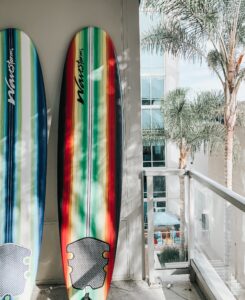 shapes – detailing what makes them unique, and what style of riding they’re best for!
shapes – detailing what makes them unique, and what style of riding they’re best for!
Classic
A classic log represents the golden era from the 1950s – the late 1970s. Traditional longboards showed up long before shortboards. The outline of a classic longboard is generally rounded all the way to the tail with wide, fat rails. The tail shape is usually square or squash, allowing the board to help control the water flow and lock into the pocket. Classic longboards also generally have a convex bottom to allow for better trimming and carving ability, with a teardrop convex near the nose for stability during noserides.
These are the go-to shapes for surfers looking to show off their different stylistic moves. Classic logs have a single-fin setup – this allows the board to have the perfect balance of lift and drag to become locked into the pocket of the wave while the rider moves up and down the deck of the board.
Great for our mellow summer waves on Wrightsville Beach, the classic log will keep your toes on the nose wave after wave!
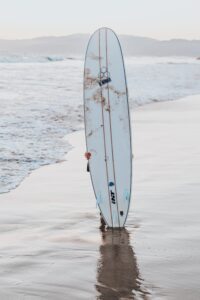
Performance
If you’re looking for sharp turns, big cutbacks, and even floaters, then a performance longboard is the choice for you. These are a more modern take on the classic logs of the golden era, catering to speed, more aggressive turns, and larger, steeper waves.
In order to hold speed on steep waves, performance longboards tend to have more rocker than classic logs, along with being thinner, having harder rails, and a more streamlined outline. This allows the rider to have a better ability to control and maneuver the board. These also have a single fin setup, however often paired with two side bytes and a smaller center fin. These hold more control in the tail, making sharper turns easier.
Although still great on the smaller days, these performance longboards are tailored to more movement, cutbacks, and steeper waves – perfect for a Wrightsville hurricane swell!
Hybrid
Hybrid boards – also known as “all-rounders” are a middle point between a classic and performance longboard. For surfers looking to bottom turn straight into a 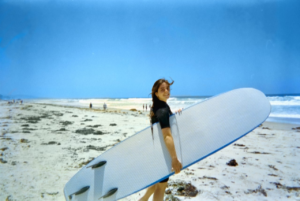 noseride, these mix the designs and combine different nose, rail, tail, and concave shapes to create boards tailored to your specific needs.
noseride, these mix the designs and combine different nose, rail, tail, and concave shapes to create boards tailored to your specific needs.
Hybrids focus mainly on versatility in the water. These allow for some performance with the ability to noseride as well. They typically run a 2+1 fin setup, allowing for a single fin or side-byte rides.
If you’re looking for a fall day filled with sharp turns and cross steps up to the nose, then a hybrid setup would be the best move.
Beginner
Although traditional logs have a lot of float, they can be too much board for a beginner to handle. On the other hand, performance longboards can seem
unstable and squirrely. Hybrids – with their ability to cater to each surfer- can help a beginner surfer to be more comfortable on the wave. Although potentially beneficial, these can be intimidating to a beginner. They aren’t necessarily the safest option for a beginner in the water, as they can get bonked in the head by the board.
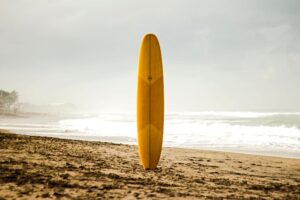
A beginner surfer may choose a mid-length or foam board instead. These are safe, reliable options that build confidence on the wave.
For our lessons, we have a selection of different board shapes and sizes, selected by each instructor to fit your specific skill and comfort levels. Whether you’ve been on a board for years or have never touched a surfboard in your life, we will make sure you feel on top of the world in the water!
– Mead Krowka, Program Coordinator
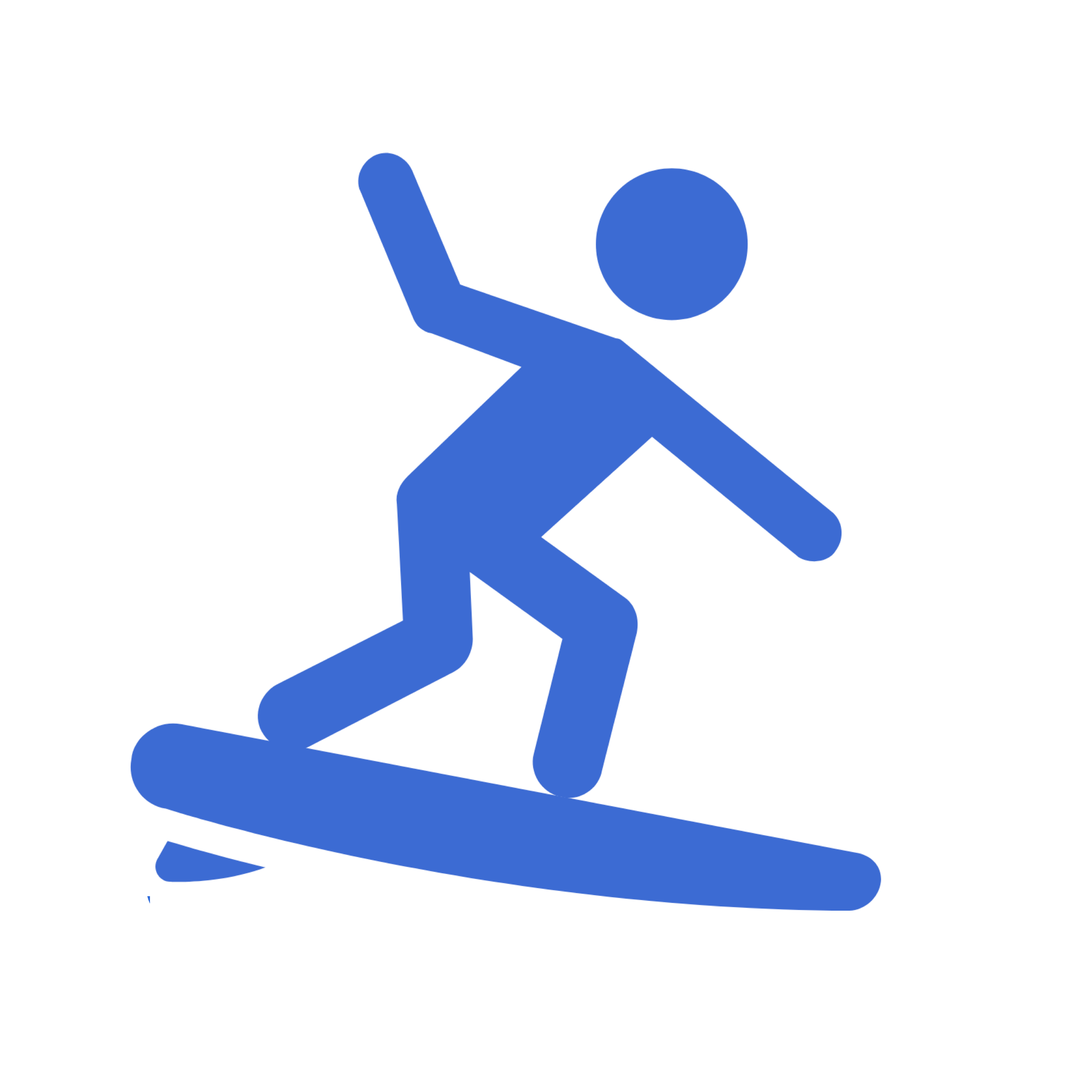
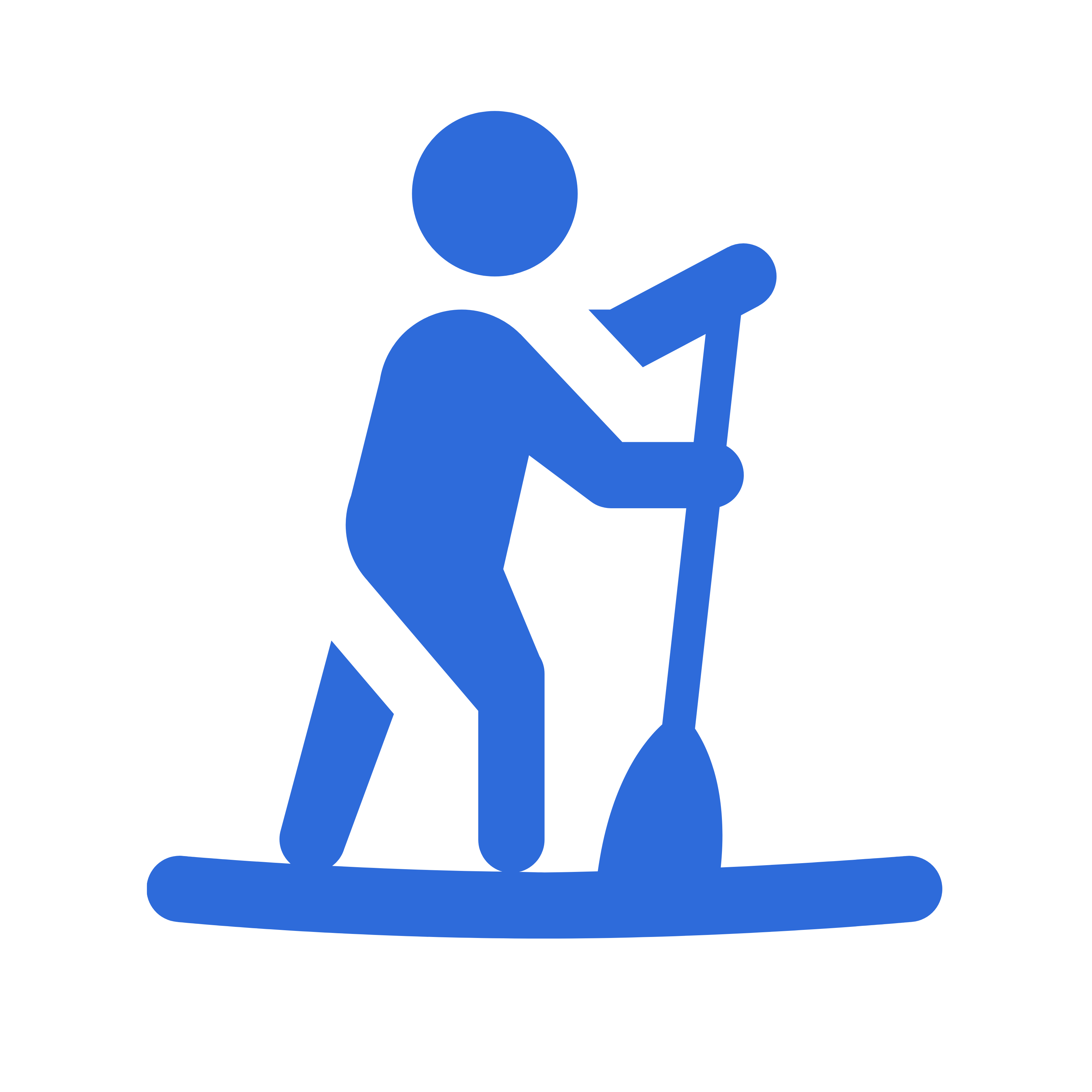
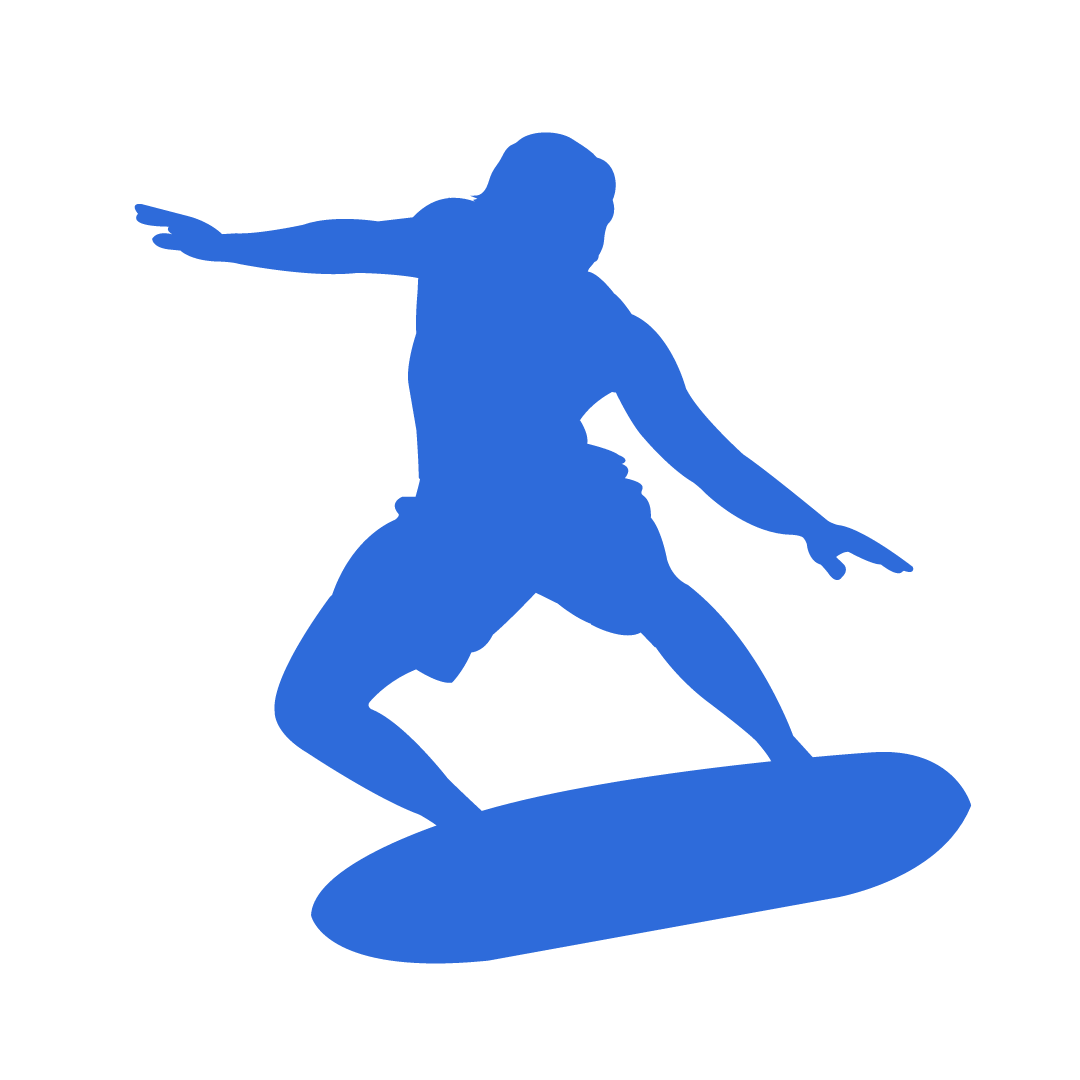
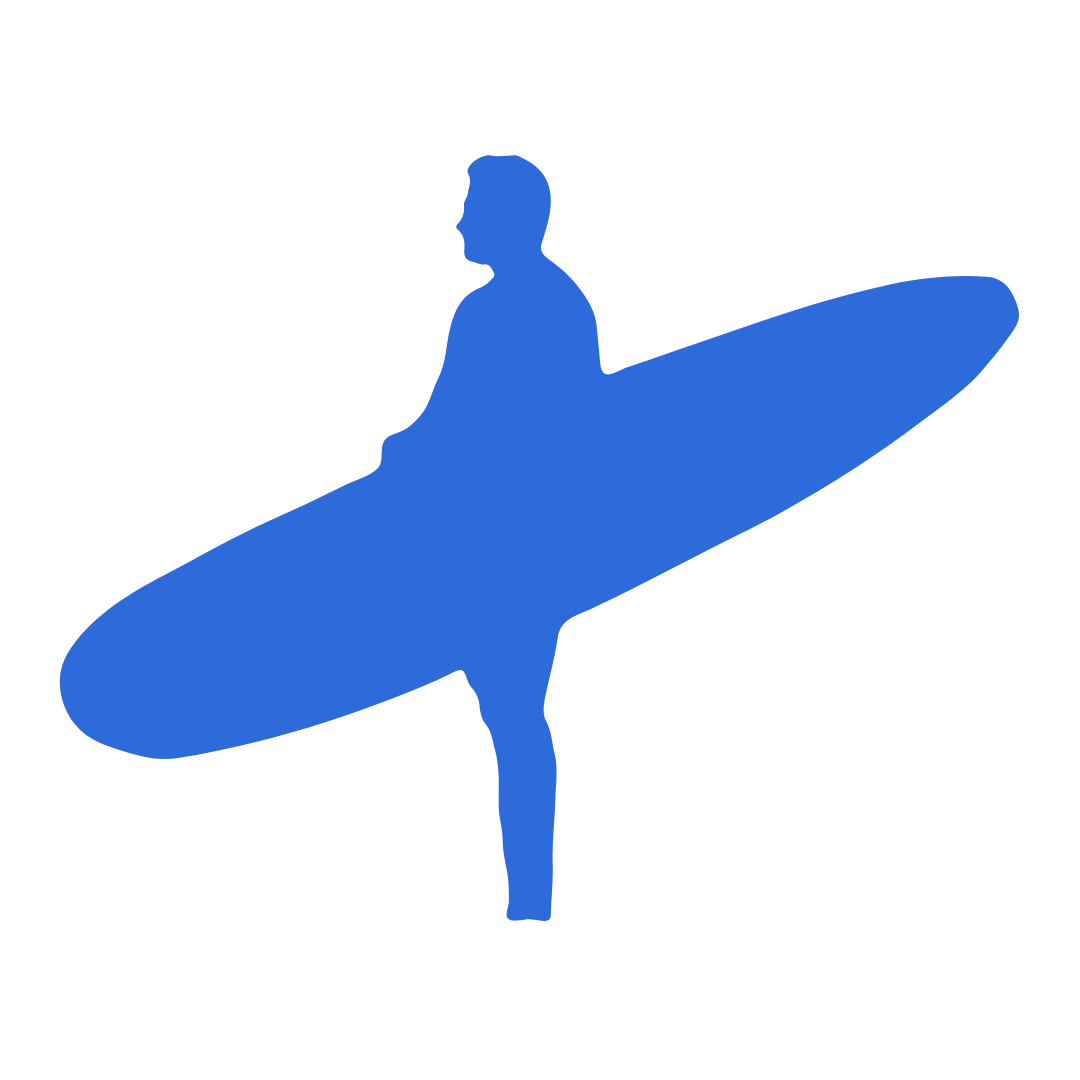
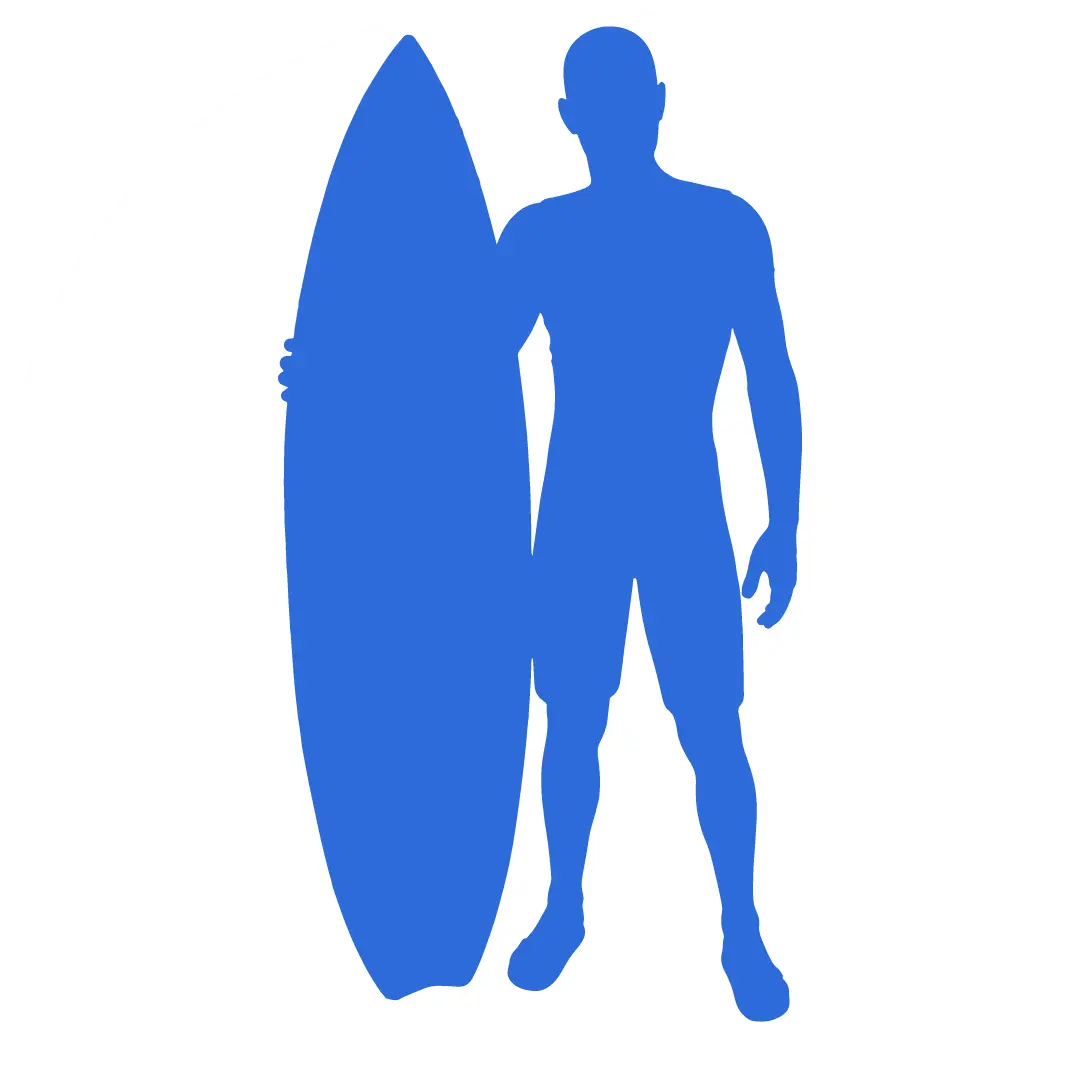
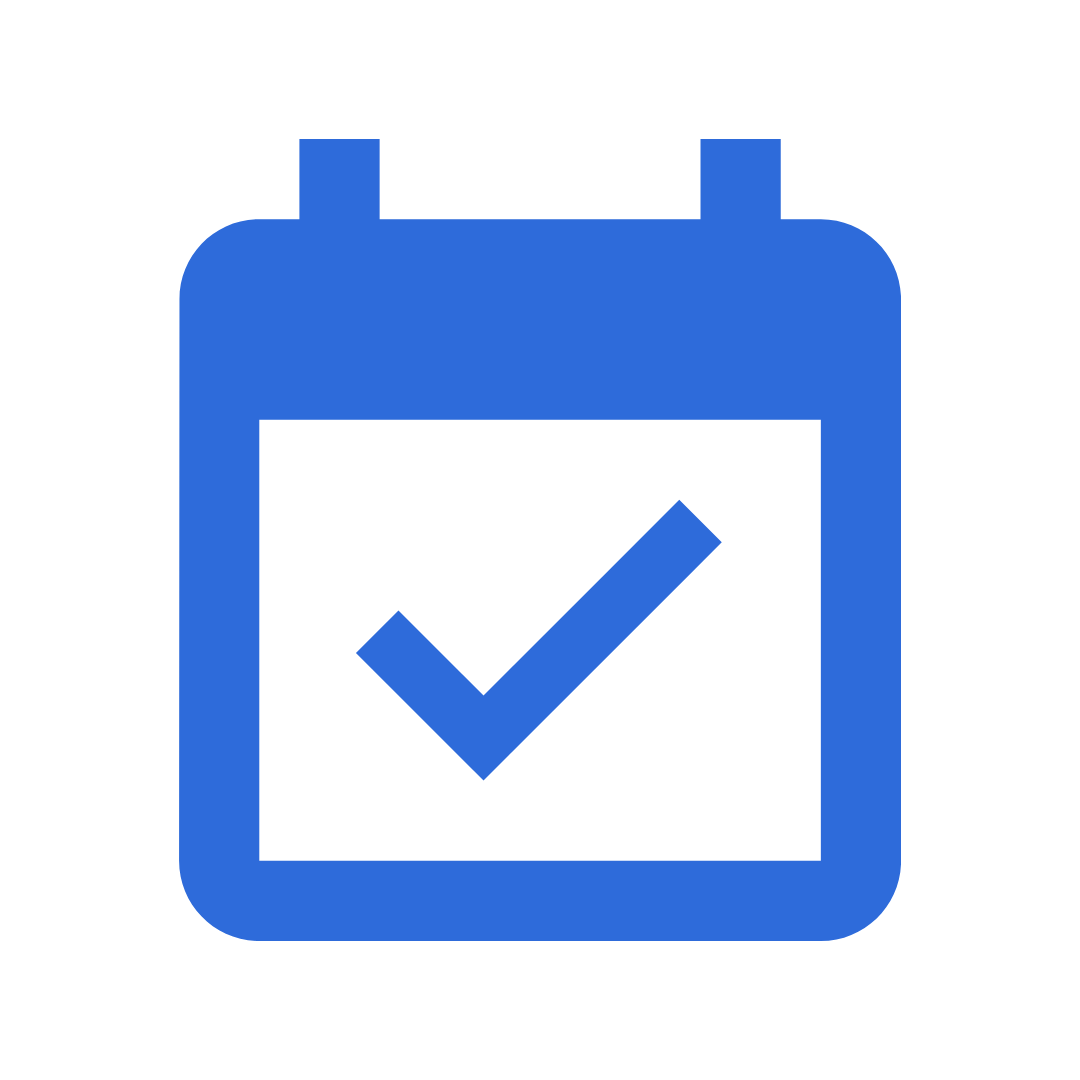

 RENTALS
RENTALS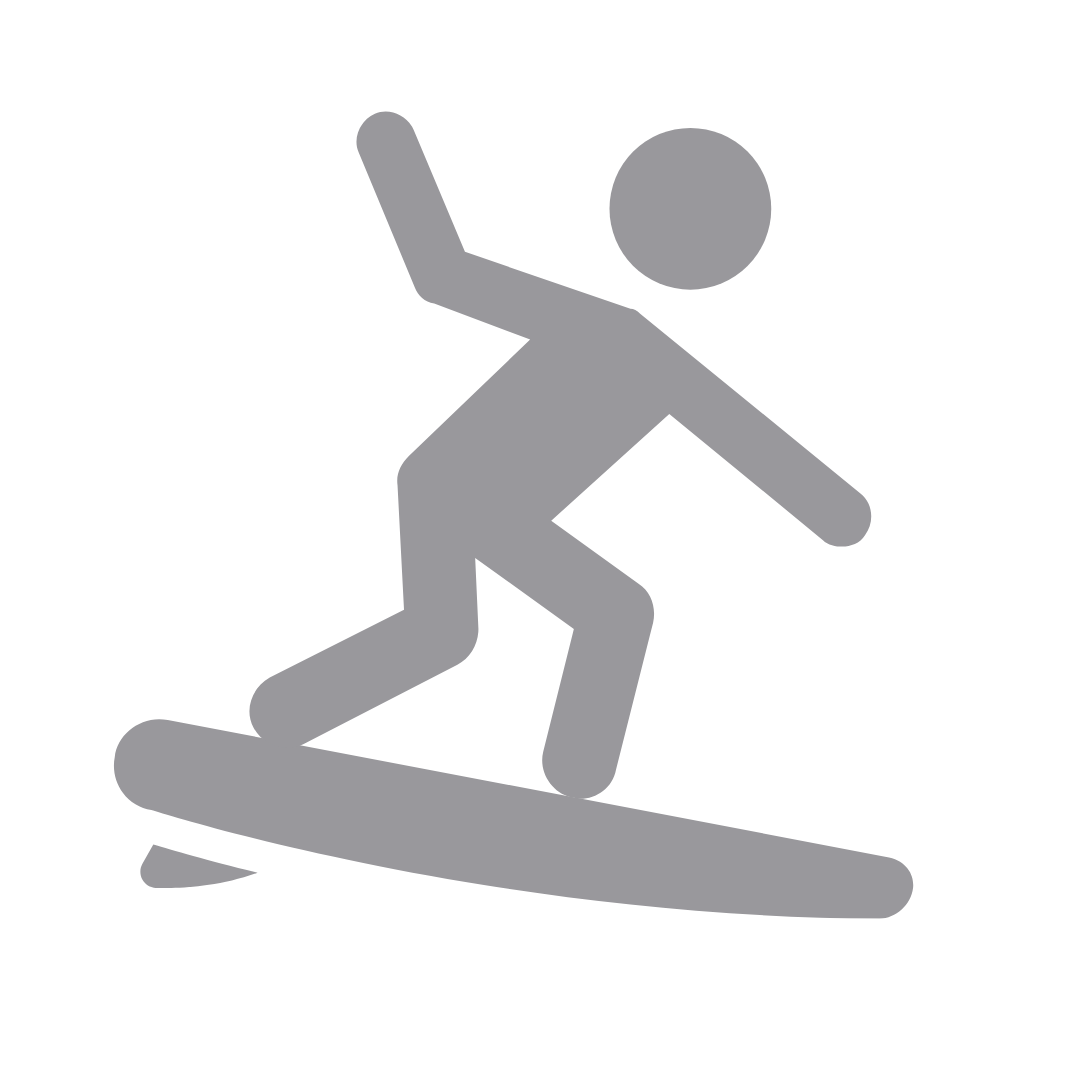 LESSON
LESSON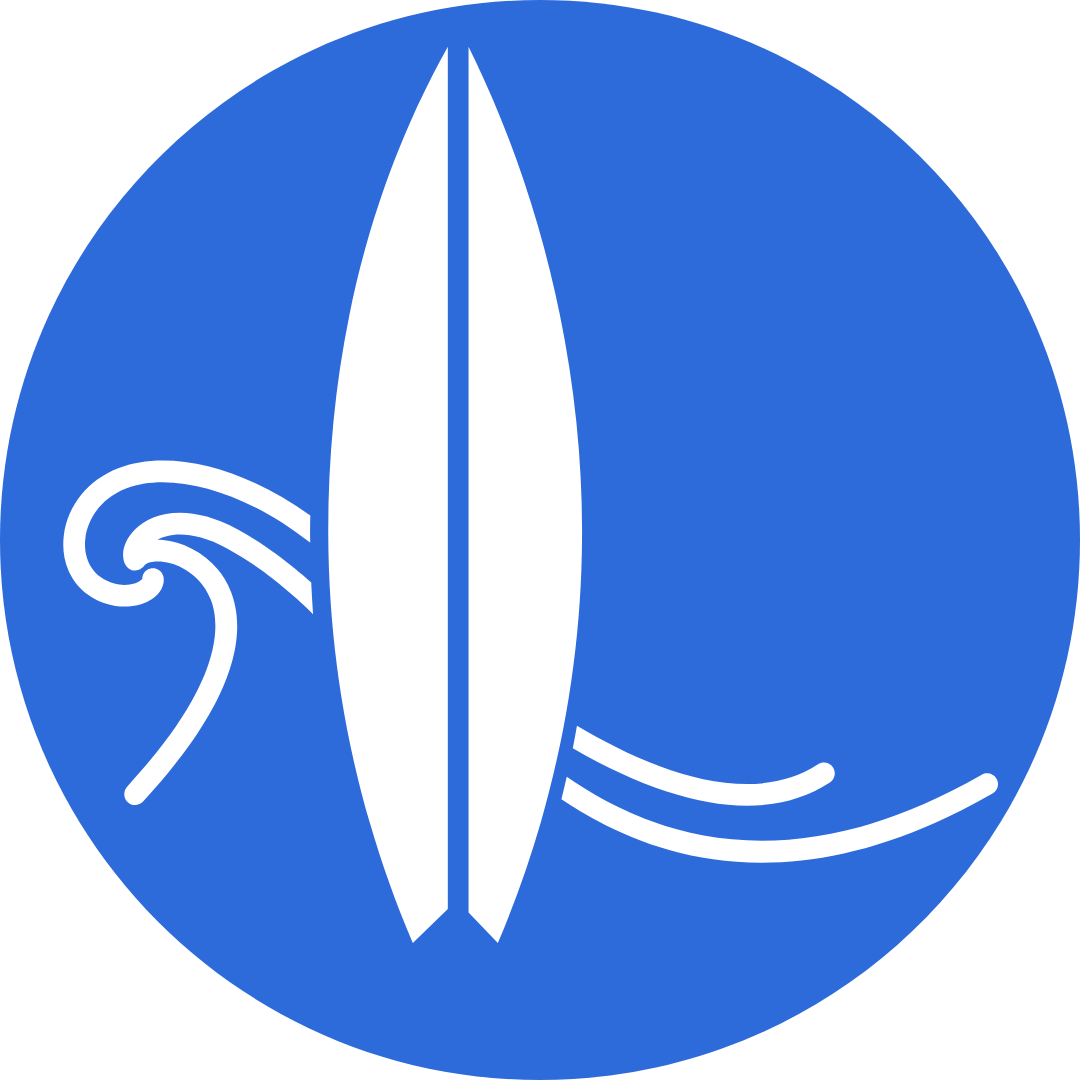 CAMPS
CAMPS ABOUT
ABOUT SHOP
SHOP